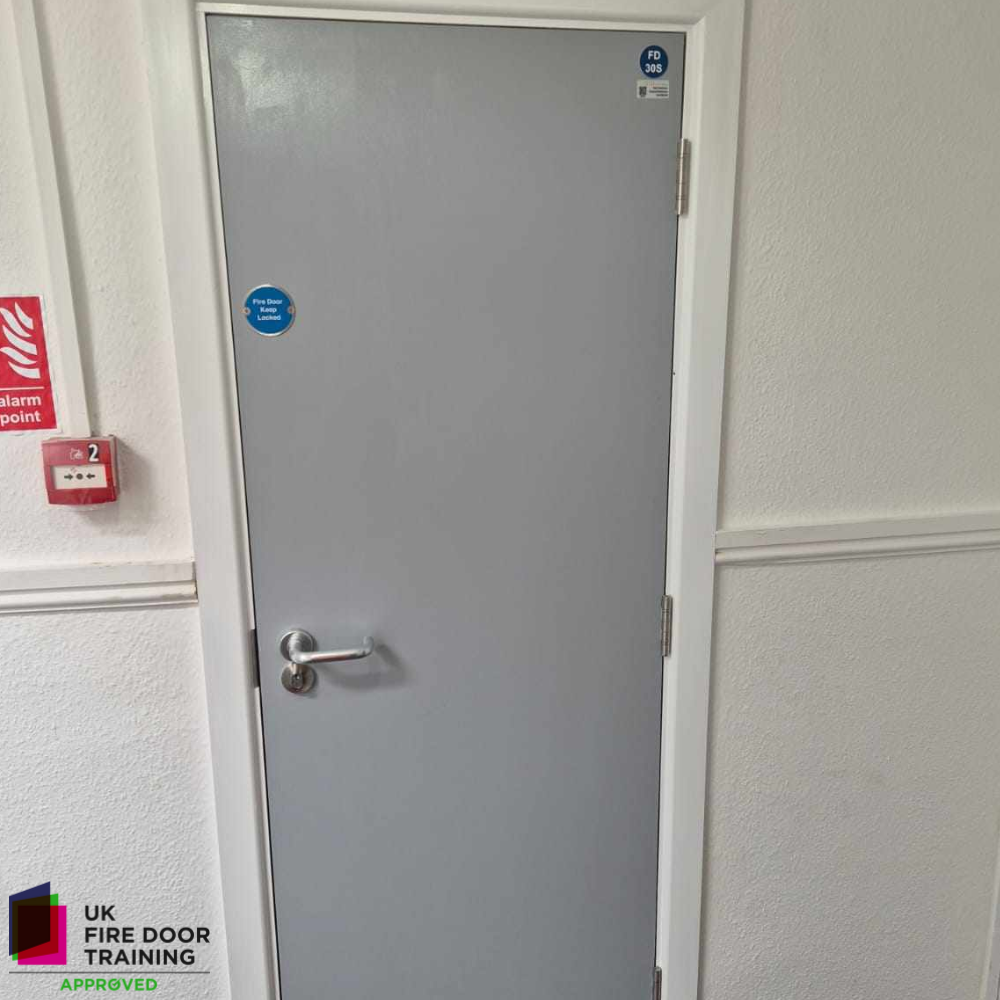Unveiling the World of Mould: Insights, Solutions and Creating a Healthy Home!
Mould has captured the curiosity of scientists and homeowners for decades. Its ability to thrive in various environments and the impact it has on our living spaces make it a topic worth exploring. In this blog we will delve into intriguing facts about mould, its effects on our homes and health, discuss effective solutions to tackle mould and damp issues and highlight the importance of creating a healthy living environment. Let's embark on a journey through the captivating world of mould!
The Diversity and Growth of Mould
Mould encompasses a vast array of species, ranging from tens of thousands to over a million. These resilient organisms adapt to diverse conditions, flourishing in warm and humid climates as well as cold and damp environments. Their growth is fuelled by the presence of moisture, organic matter, and suitable temperatures, turning our homes into potential breeding grounds.
Mould and Health
Indoor mould growth can pose health risks, especially for individuals with respiratory conditions or weakened immune systems. Exposure to mould spores can trigger allergies, respiratory symptoms and even fungal infections. Promptly addressing mould issues is crucial to maintaining a healthy living environment for occupants.
Common Types of Mould
1. Stachybotrys Chartarum (Black Mould): Black mould, known for its dark greenish-black appearance, thrives in moist conditions and is commonly found in areas with water damage. This mould is associated with respiratory issues and should be addressed with caution and professional assistance.
2. Aspergillus and Penicillium (Green Mould): Green mould encompasses several species commonly found indoors. It grows on various organic materials, including damp walls, carpets, and food. While some strains of green mould are relatively harmless, others may produce toxins that can be harmful if inhaled or ingested.
Four Effective Solutions to Tackle Mould and Damp
1) Swift Action
It is crucial to address mould and damp issues swiftly. If left untreated, mould can spread rapidly causing more significant damage to the home and potentially posing health risks. Taking immediate steps to tackle mould ensures a healthier and safer living space.
2) Moisture Control
Implementing effective moisture control measures is essential in preventing mould growth. Regularly check for and promptly repair any leaks or water damage. Ensure proper ventilation and consider using mould-resistant paints or coatings in moisture-prone areas.
3) Cleaning and Maintenance
Clean and dry moisture-prone surfaces such as shower walls and window sills regularly and remove wet or damp materials like carpets or cardboard boxes from living spaces. Proper cleaning and maintenance practices help prevent mould build-up.
4) Ventilation and Airflow
Maintain proper indoor humidity levels using dehumidifiers or natural ventilation methods. Improve airflow by using extractor fans in bathrooms and kitchens, opening windows and allowing for proper air circulation throughout the home.
Conclusion
Mould is a captivating subject that warrants attention and proactive measures. By understanding the diverse nature of mould, its impact on health and implementing effective strategies to tackle mould and damp problems we can help ourselves to create a healthier living environment. Remember to act promptly, address moisture sources and maintain proper ventilation and cleanliness. Creating a healthy home is essential for the well-being of yourself and your loved ones. Let this report serve as a guide in your journey towards a mould-free haven.
Remember, should you encounter severe mould infestations or complex damp issues, seeking professional assistance such as Stark Contractors can provide the expertise and resources to address the problem effectively. With our guidance you can ensure a safe and healthy living space for years to come.
This blog was written by Stephen Moore - Proprietor - Stark Contractors | LinkedIn
Concerned about mould? Contact Us for Property Maintenance Support
Related Blog - Issues to your property in cold weather











